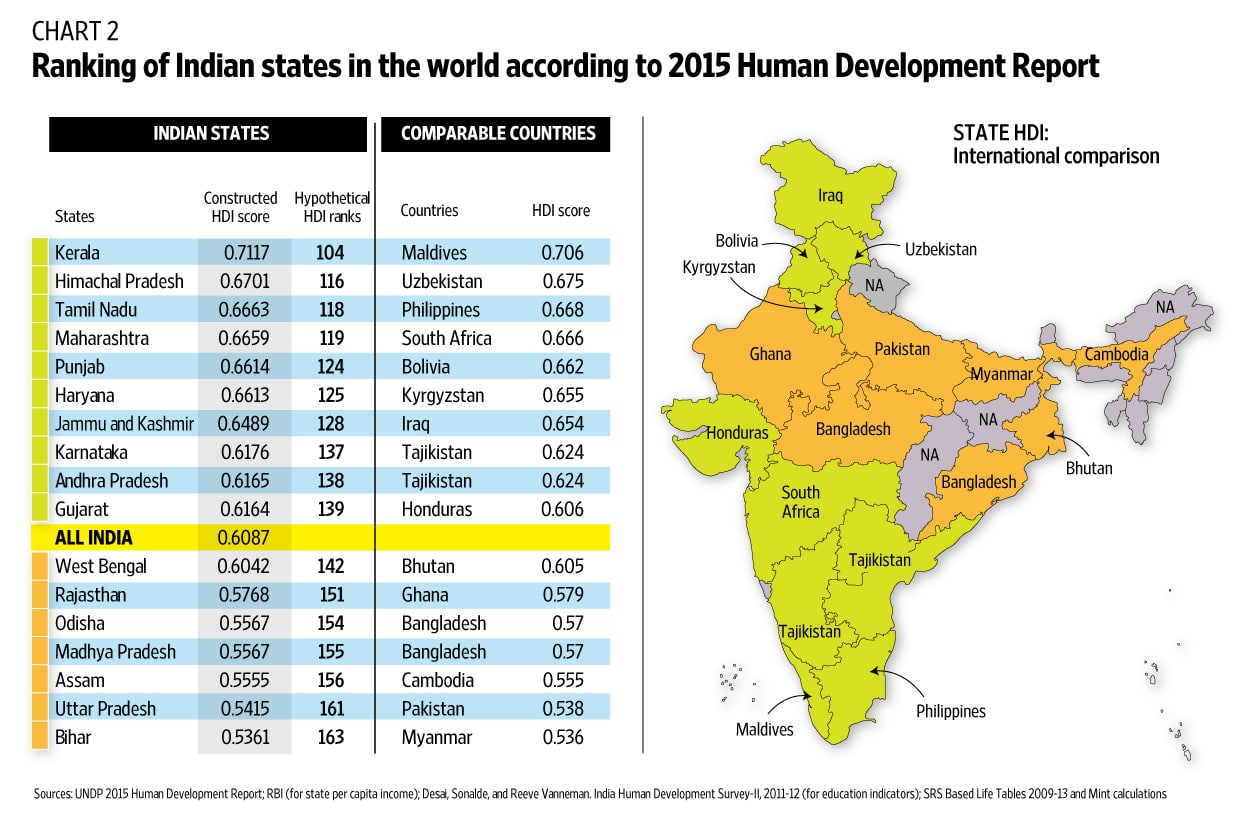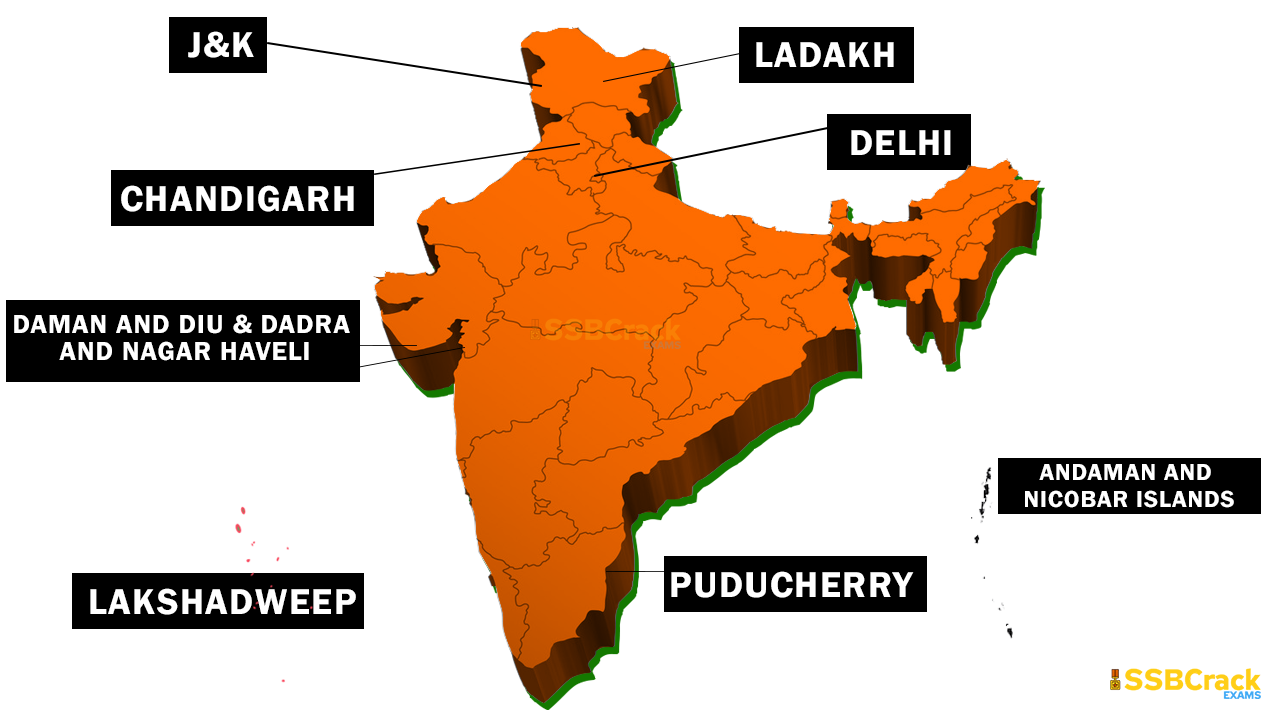Table of Contents
India is big and colorful. It has many places with many people including different cultures, castes, races and also religions and creeds. India has many states and union territories. This blog tells about how many states in India
Overview of Indian States
India has a federal structure. This means it is divided into parts. Parts are states & union territories. States have more power than union territories.
Historical Context
Long ago, states in India formed in different ways. Before 1947 India was under British rule, and regions organized differently. After independence in 1947 the country needed a new way to manage its regions.
A big change happened in 1956 with the States Reorganization Act. This act was very important. It made many changes to the borders of states. Before this act states were mostly old princely states and provinces from British rule. The States Reorganization Act made states based on languages people spoke. This helped people feel more connected to their state.
For instance in 1953 Andhra Pradesh became the first state formed based solely on language. This reorganization helped in making administration better and made sure people with common languages and cultures were together. It also made India more united and stronger.
Current Number of States
Now India have 28 states. Changes occur sometimes and new states can be added.
Detailed List of States and Capitals
Here is list of states and capitals along with their specialities:
| State | Capital | Unique Features or Significance |
| Andhra Pradesh | Amaravati | Known for its rich culture. Telugu film industry and Tirupati temple. |
| Arunachal Pradesh | Itanagar | Famous for its scenic beauty. Diverse tribal cultures and Tawang Monastery. |
| Assam | Dispur | Renowned for its tea gardens. Kaziranga National Park and rich cultural heritage. |
| Bihar | Patna | Historical state with ancient sites like Nalanda and Bodh Gaya. |
| Goa | Panaji | Popular tourist destination known for its beaches and Portuguese heritage. |
| Gujarat | Gandhinagar | Known for its business hubs. Gir National Park and vibrant festivals. |
| Karnataka | Bengaluru | IT hub of India. Known for its technology industry and historical sites like Hampi. |
| Kerala | Thiruvananthapuram | Famous for its backwaters, Ayurvedic treatments and rich cultural traditions. |
| Maharashtra | Mumbai | Financial capital of India. Known for Bollywood and Gateway of India. |
| Rajasthan | Jaipur | Known for its royal heritage, palaces. And desert landscapes. |
| Tamil Nadu | Chennai | Renowned for its Dravidian culture and the ancient temples and vibrant arts. |
| Uttar Pradesh | Lucknow | Historical state with sites like Varanas. Agra (Taj Mahal) and rich cultural heritage. |
| West Bengal | Kolkata | Known for its cultural festivals Colonial architecture and literary heritage. |
Union Territories
Union territories have different rules. They have less power. States have their own governments with elected Chief Ministers and legislative assemblies while Union Territories are governed directly by the Central Government often through appointed administrators. Here is the list:
- Andaman & Nicobar Islands
- Chandigarh
- Dadra & Nagar Haveli. Daman & Diu
- Lakshadweep
- Delhi
- Puducherry
- Ladakh
- The Jammu & Kashmir (occupied Kashmir)
State Formation and Reorganization
States change over time. New states form from demands. People ask for new states. Sometimes new states made for better rule. People sometimes ask for new states to make governing easier. They want better services and more attention. Future changes can happen if many people ask for a new state. The government listens and can create new states if needed.
Economic and Cultural Significance
Each state is special. Some states are rich in crops some in tech. Each state has own culture and language and food. Together they make India special.
Economic Contributions of Different States
Each state in India helps make the country strong and rich. Here are some examples:
- Maharashtra: Big in business and industry.
- Mumbai: The financial capital of India.
- Gujarat: Known for trade business and factories. Important for cotton and diamond industries.
- Karnataka: Famous for technology as well as for the IT companies.
- Bengaluru: The Silicon Valley of India.
- Punjab: Big in farming. Produces a lot of wheat and rice for India.
- Tamil Nadu: Known for car manufacturing and textiles. Chennai is a big industrial hub.
Cultural Diversity within the States
India is very colorful because each state has its own culture. Here are some examples:
- Kerala: Known for beautiful dances like Kathakali as well as its backwaters.
- Rajasthan: Famous for royal palaces and colorful festivals and traditional dances like Ghoomar.
- West Bengal: Celebrates Durga Puja grandly. Known for classical music and the dance.
- Nagaland: Rich tribal culture with unique festivals like Hornbill Festival.
- Assam: Famous for tea gardens. Bihu dance and silk weaving.
Contributions to India’s Overall Identity
Each state adds something special to India. Here are some examples:
- Maharashtra: Bollywood in Mumbai makes India famous in the world for movies.
- Gujarat: Festivals like Navratri and business skills make India proud.
- Punjab: Rich food like butter chicken and Bhangra dance are loved everywhere.
- Tamil Nadu: Temples and classical music like Carnatic add to India’s heritage.
- Karnataka: IT industry in Bengaluru helps India be a tech leader.
Each state with its unique economy and culture makes India a diverse and strong country.
Wrapping up
To conclude this question of how many states in India well India has 28 states and 8 union territories. Each state has its own story and importance. Knowing about states helps us understand India better.
If you want read more blogs visit: urbanmatter



